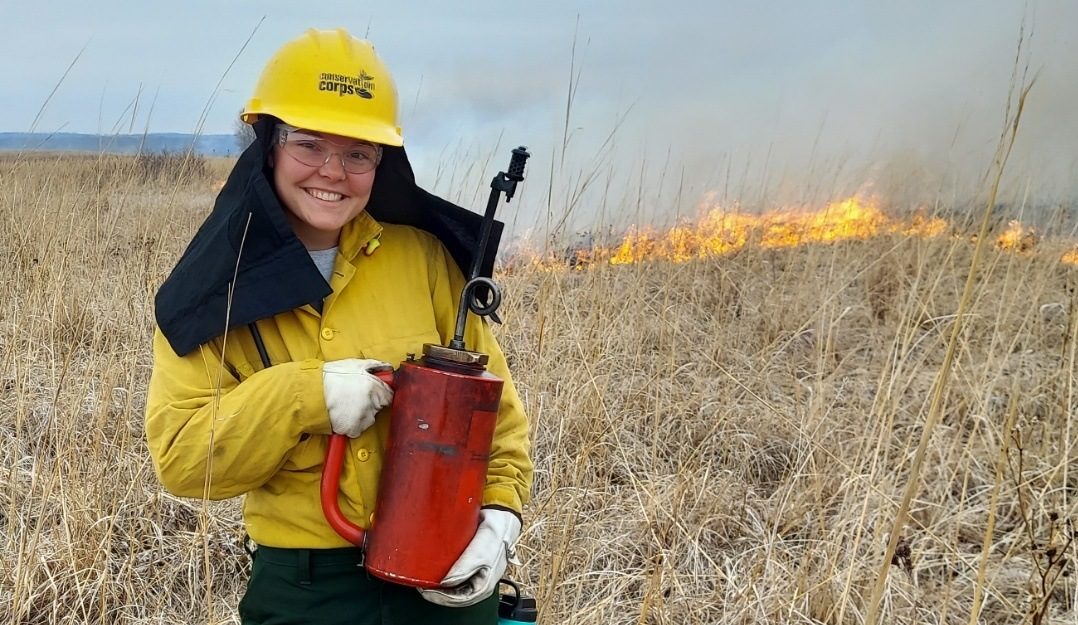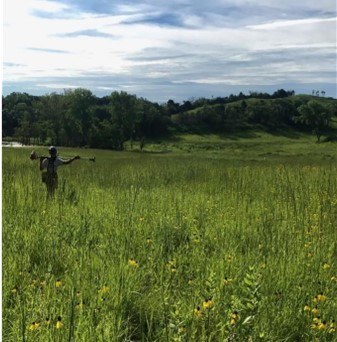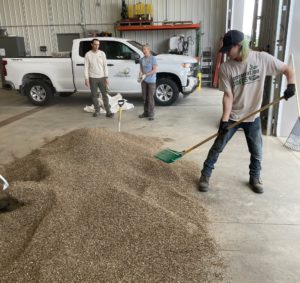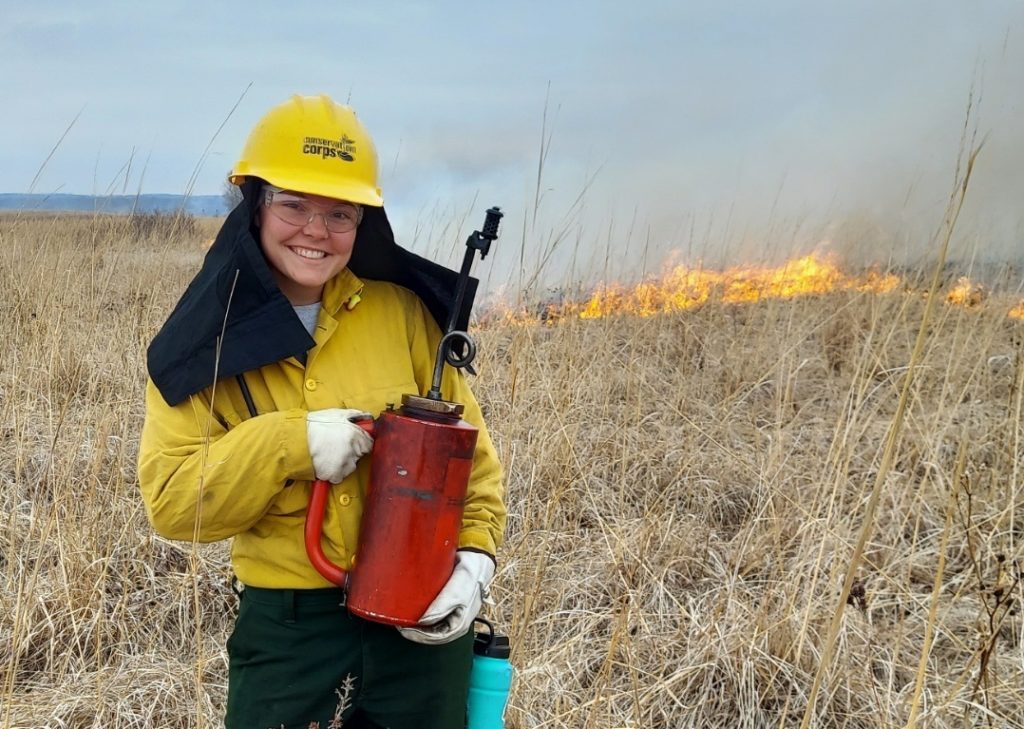Prairies

Bella Araiza, Recruitment Capacity Building Specialist Individual Placement / AmeriCorps Member

Let’s talk about prairies. Prairies are habitats that are mostly grasses with flowers and shrubs, and there are two different kinds. The two kinds of prairies are shortgrass and tallgrass. Shortgrass receives less rainfall than tallgrass prairies and is common in western states. The majority of prairies that you will see in states like Iowa and Minnesota are tallgrass prairies, which I will talk about in the rest of this post. Prairies are essential habitats for insects like bees, butterflies, moths, and other animals like coyotes, quail, burrowing owls, and prairie crayfish. I saw my first prairie crayfish last year after a rainy day in the prairie and I was blown away. I thought they only lived in the water! Prairies once covered about 40% of North America, but today less than 1% still exists. Every day, prairie restoration efforts are being conducted to bring back the gorgeous habitat. Glacial Ridge National Wildlife Refuge in Minnesota and Neal Smith National Wildlife Refuge in Iowa have collectively restored more than 20,000 acres of prairie. Our Iowa crews have done service projects and training out at Neal Smith where they have bison and elk to help imitate historical prairie when grazers helped to maintain it.

As we get deeper into summer, our crews will start doing projects in prairies to help eliminate invasive species. They may also help prepare land for prairie plantings. As fall arrives, some crews will assist in prairie seed harvest and cleaning for future seeding and restorations. Crews have served in many prairies that include the Loess Hills, Herbert Hoover National Monument, and Chichaqua Bottoms Greenbelt in Polk County. Different projects include removing Autumn Olive, Dogwood, Honeysuckle, and Multiflora Rose, preparing sites for restoration by picking up debris, and creating seed mixes for future restorations. Crews also help with prescribed fires in the spring and fall. Prescribed fires are done to eliminate plant debris and invasives allowing native plants to regrow. I loved participating in burns last year and to see the new plants sprout through the ash is so neat! I think the work that the Corps does is essential and benefits the native habitat and wildlife that live in the prairie. I hope to see more restoration projects done in the future!
